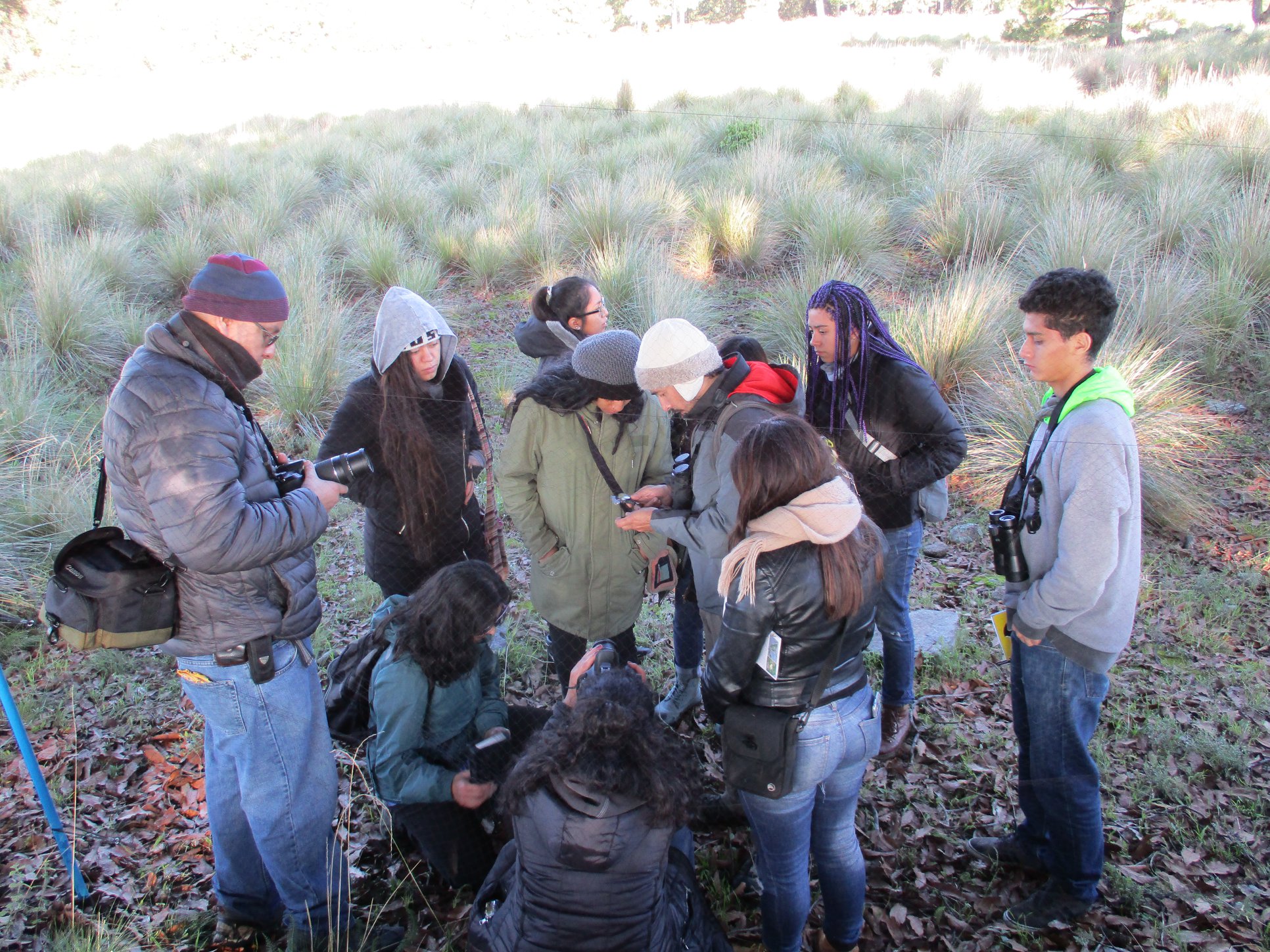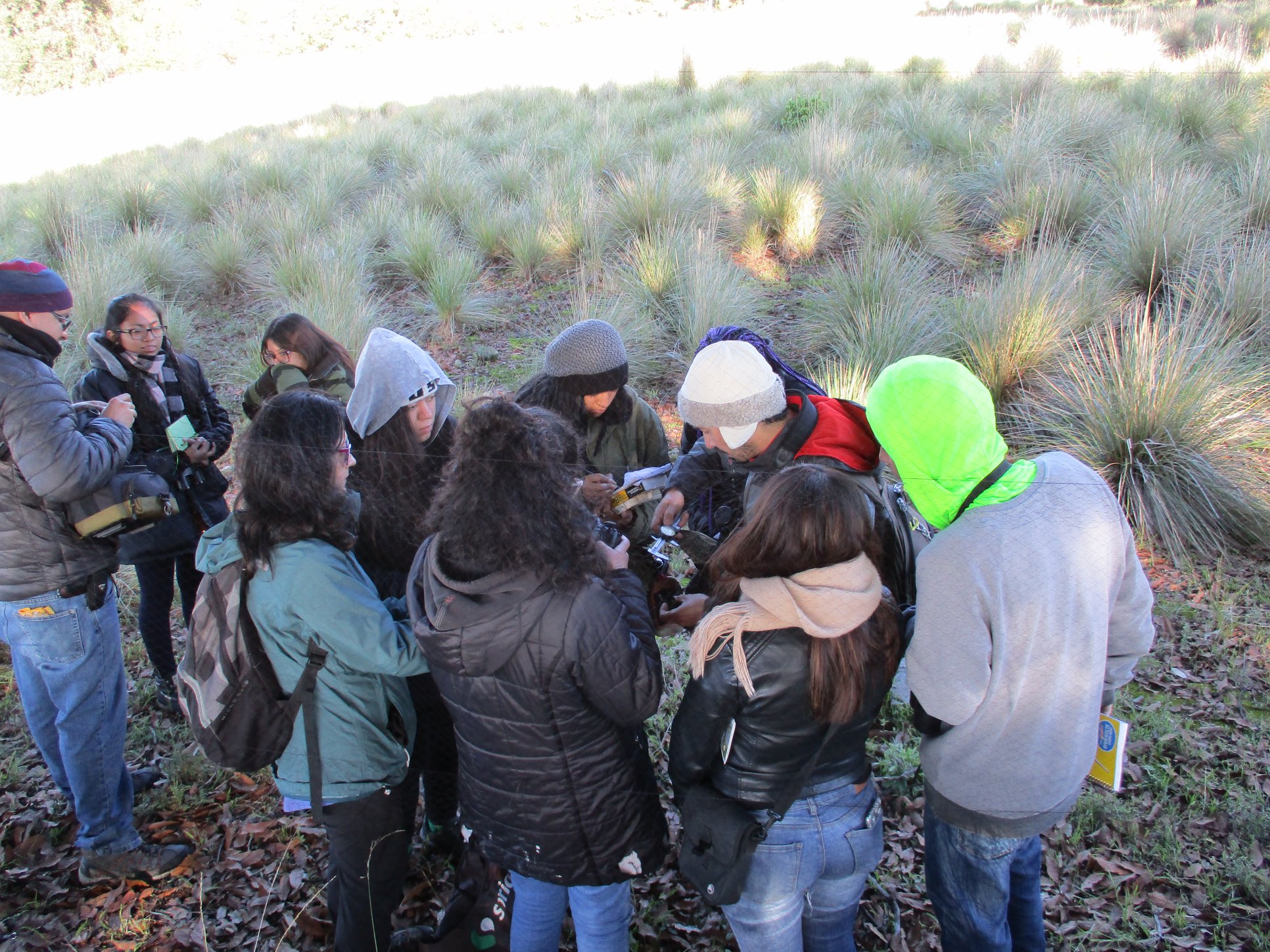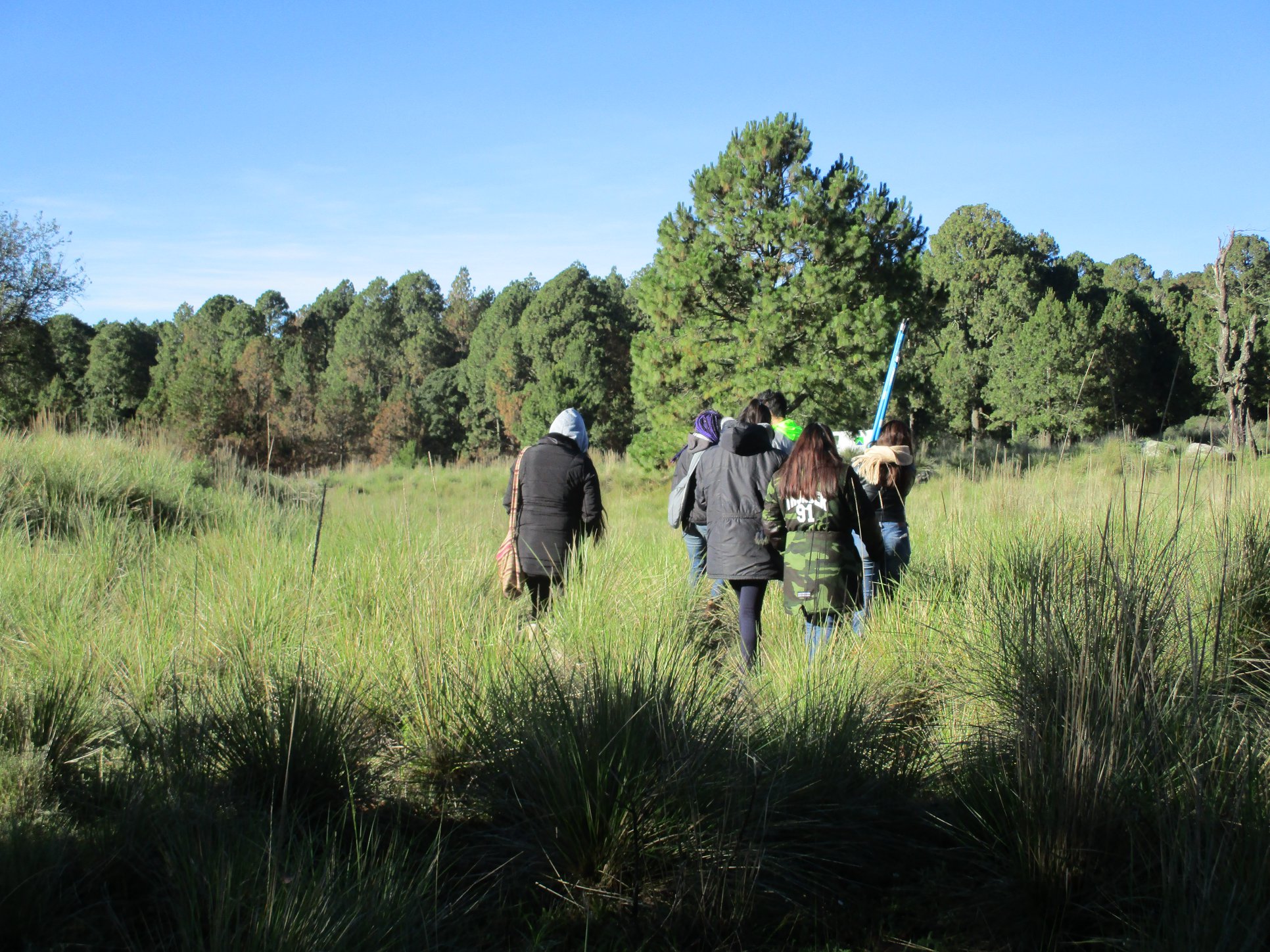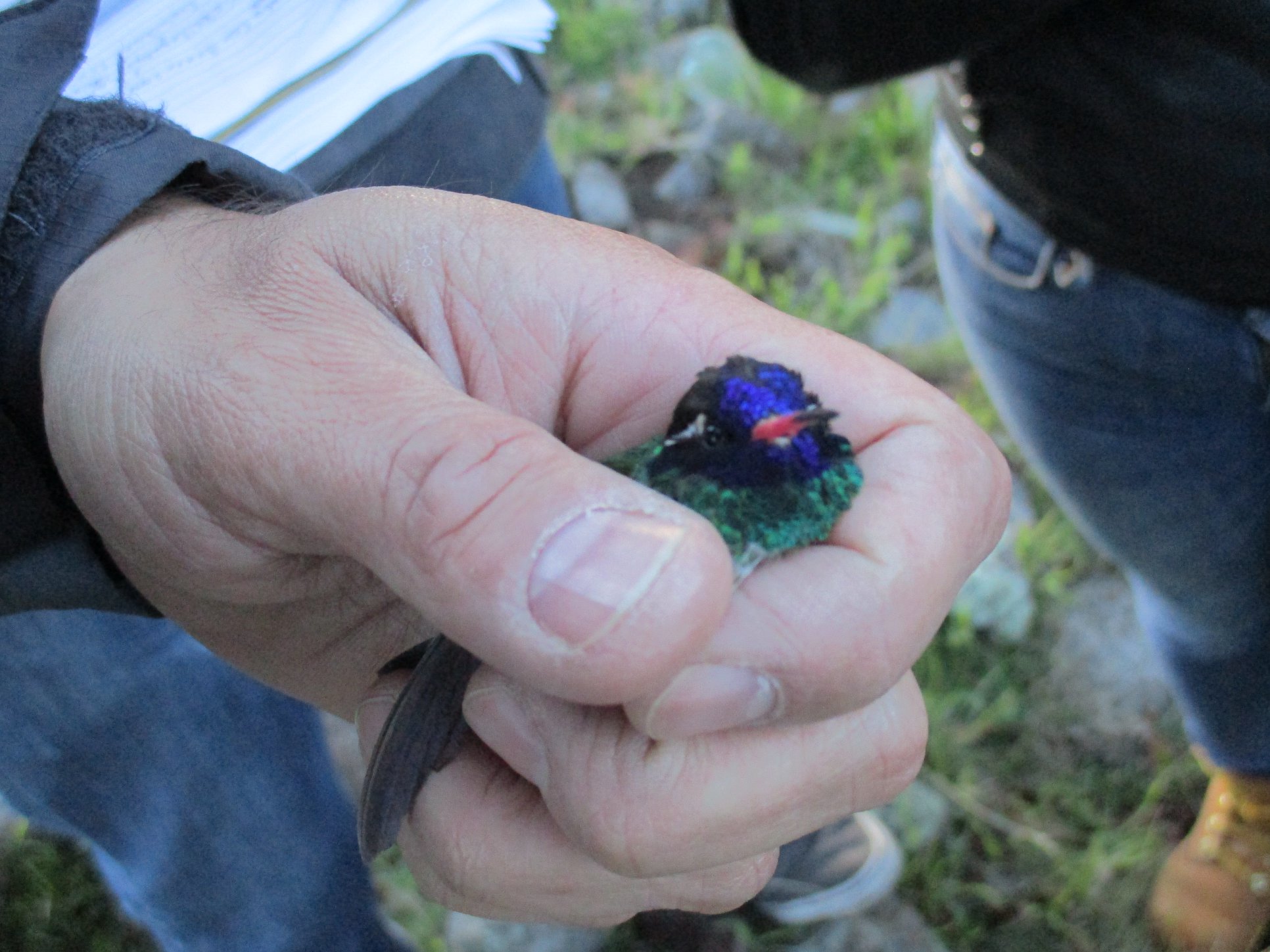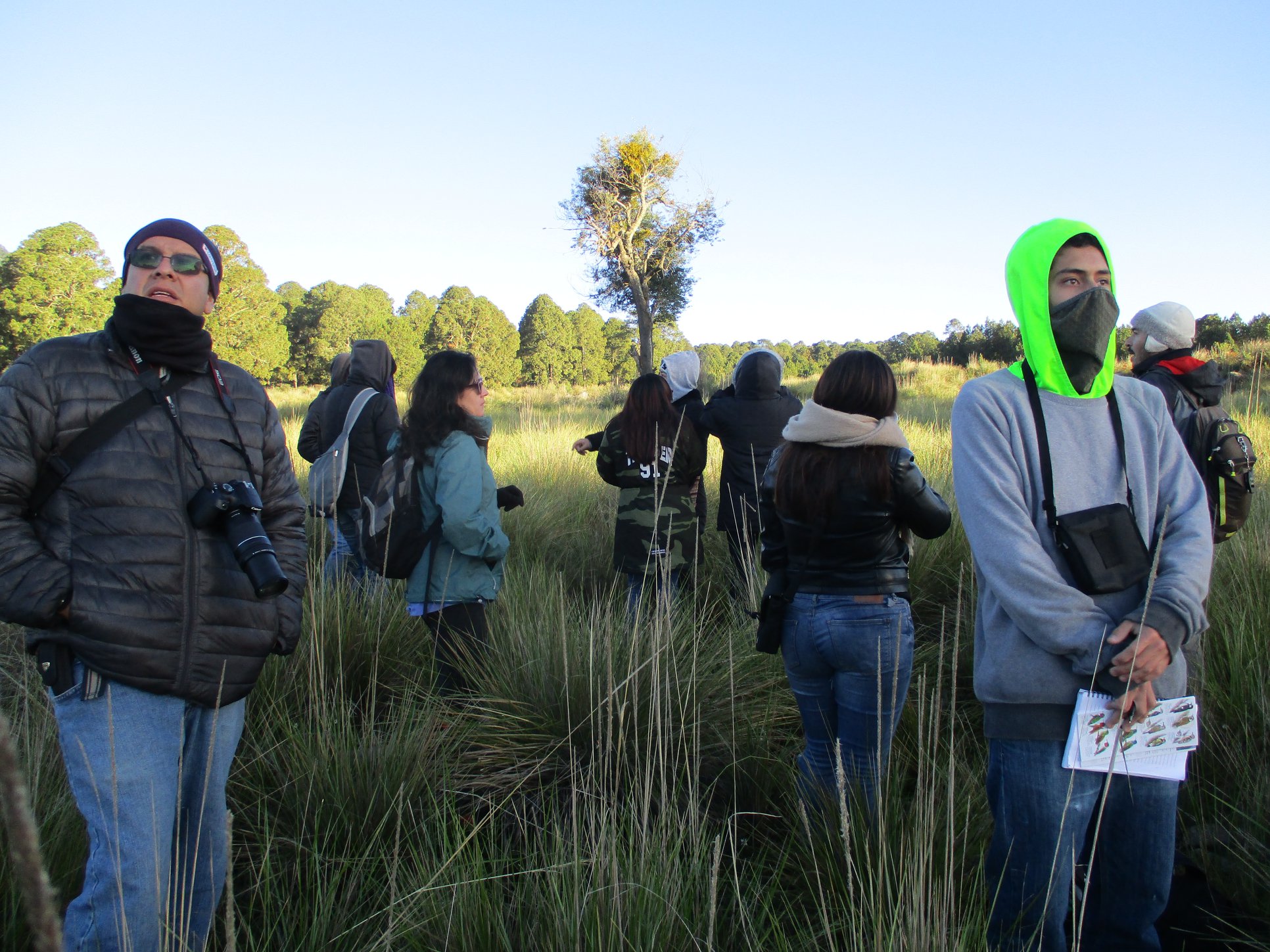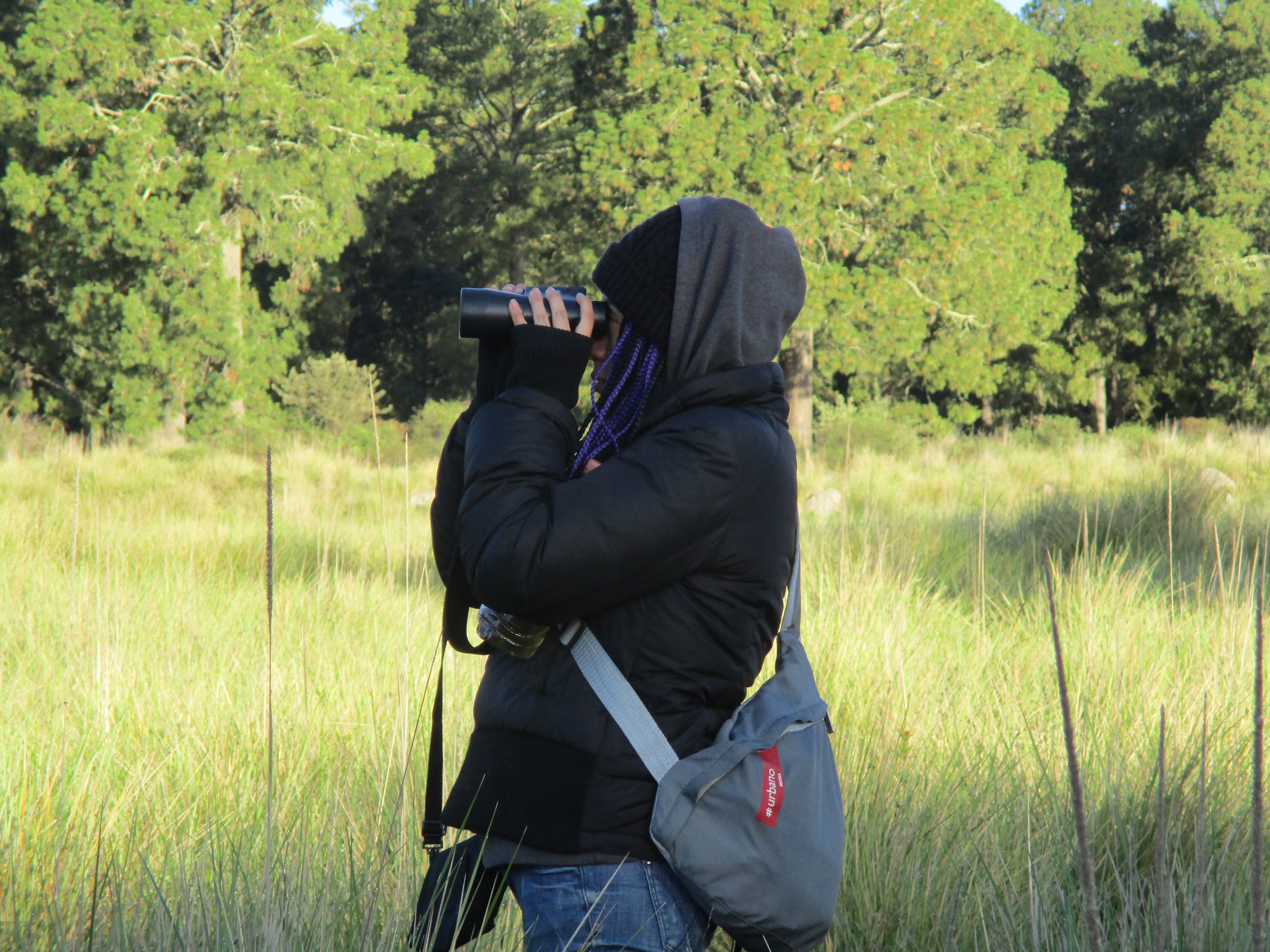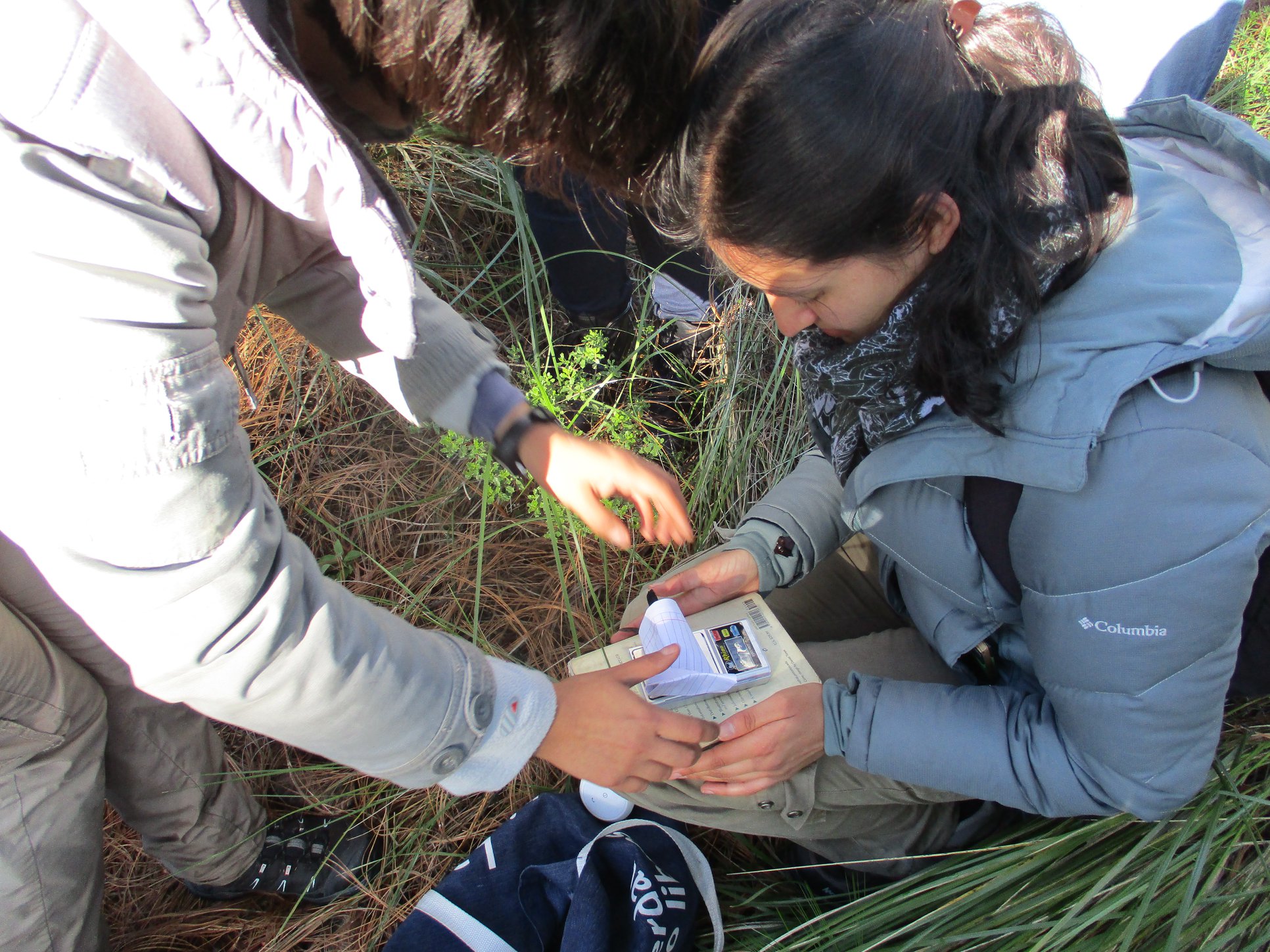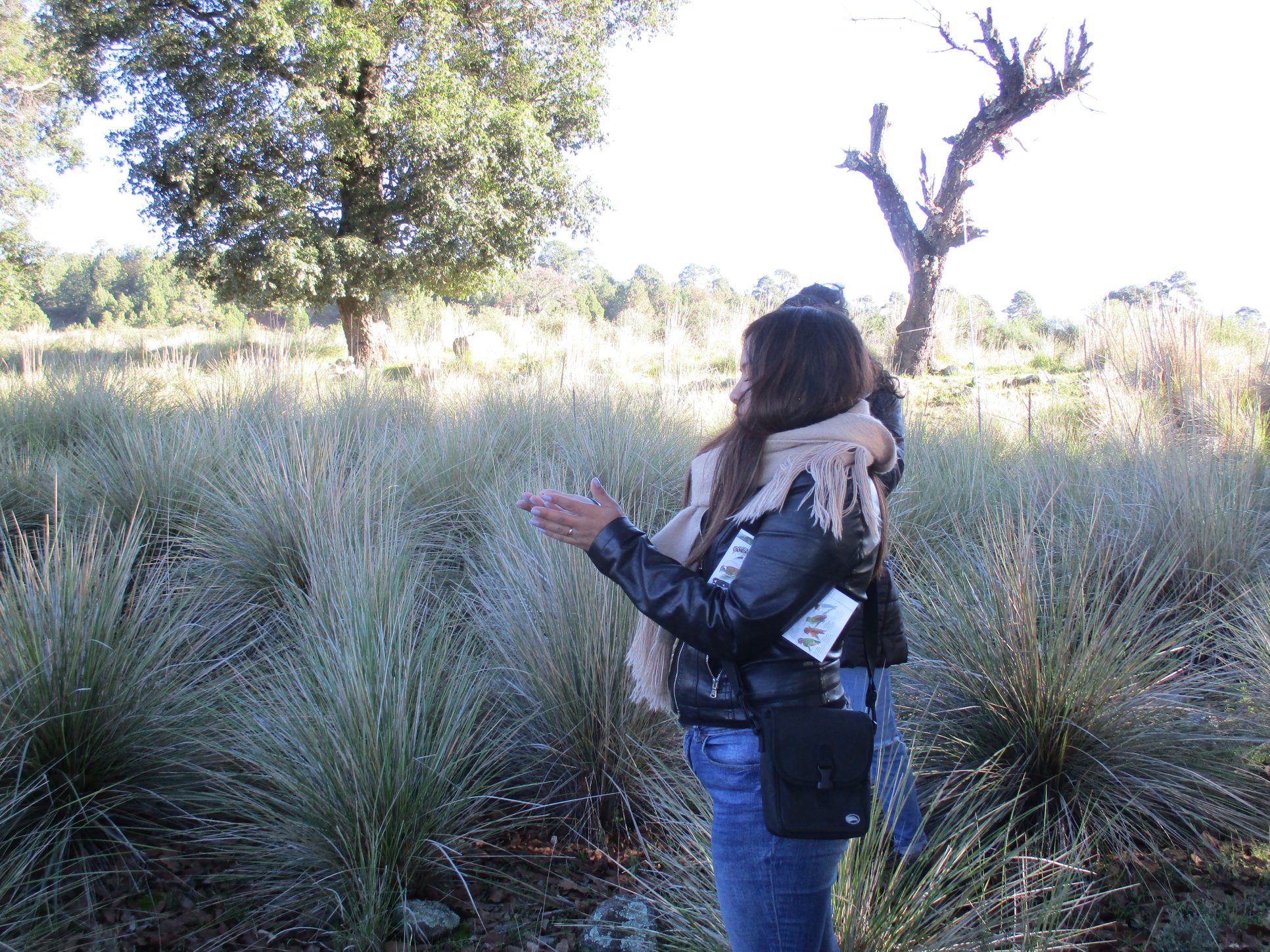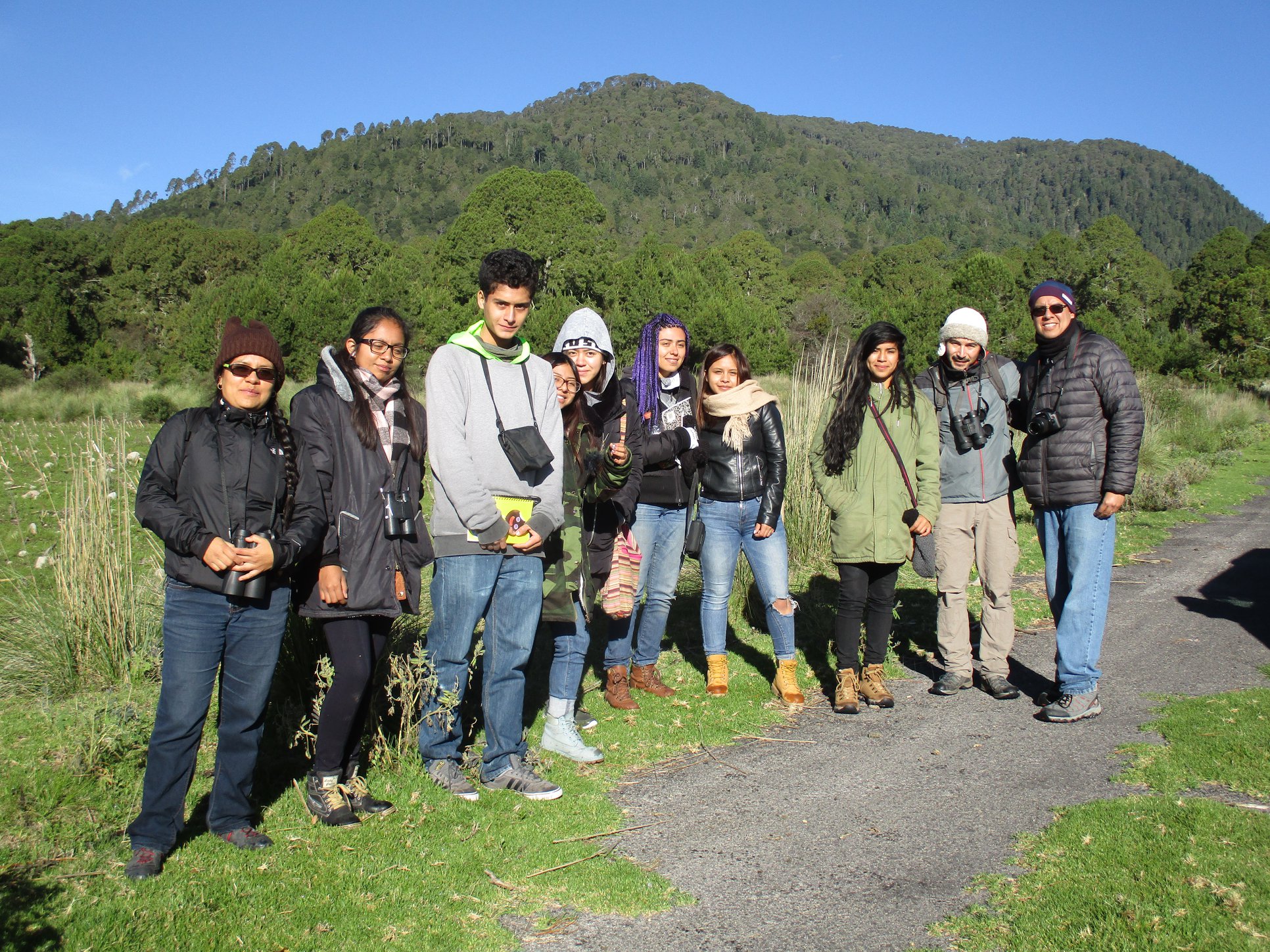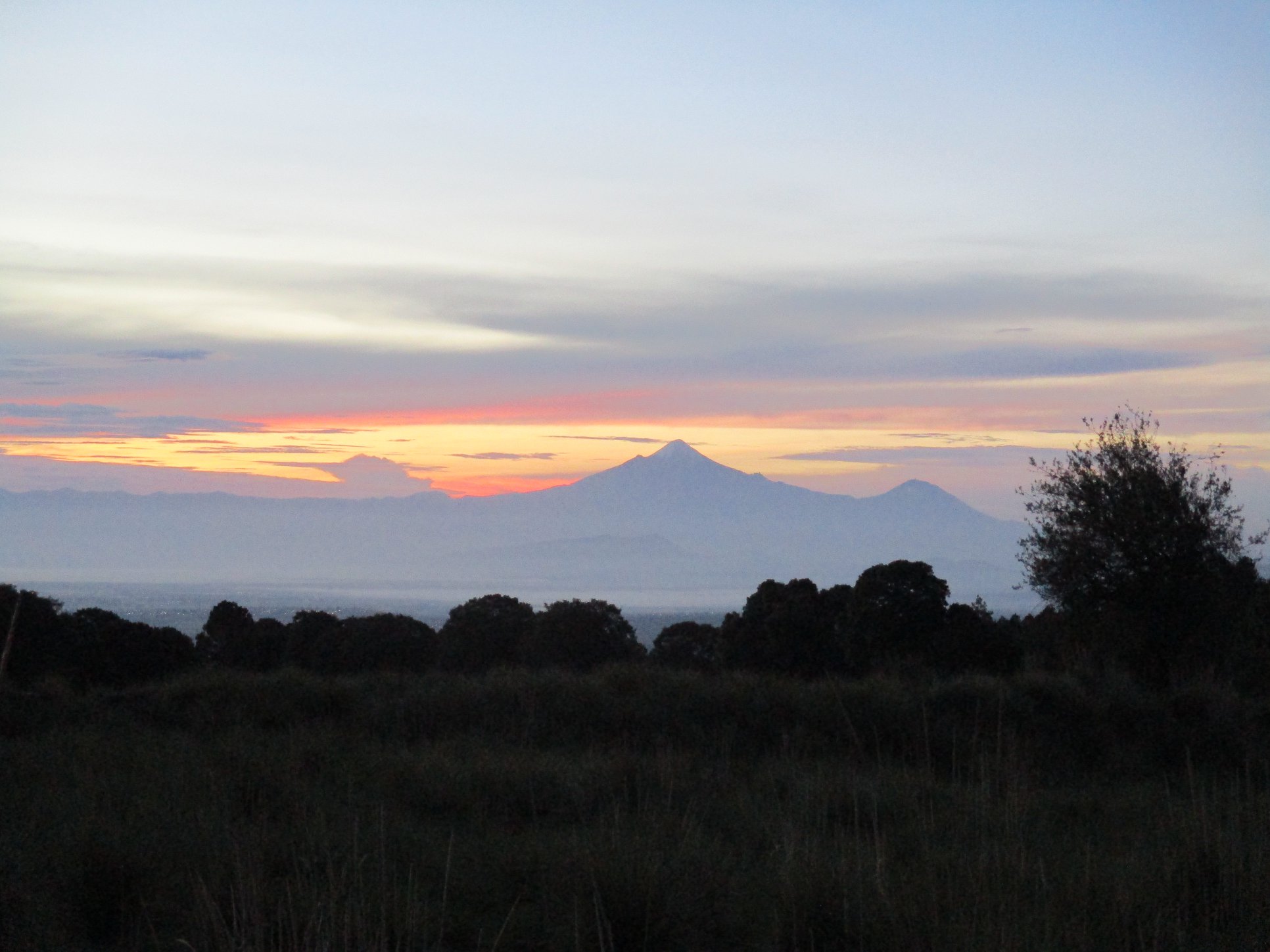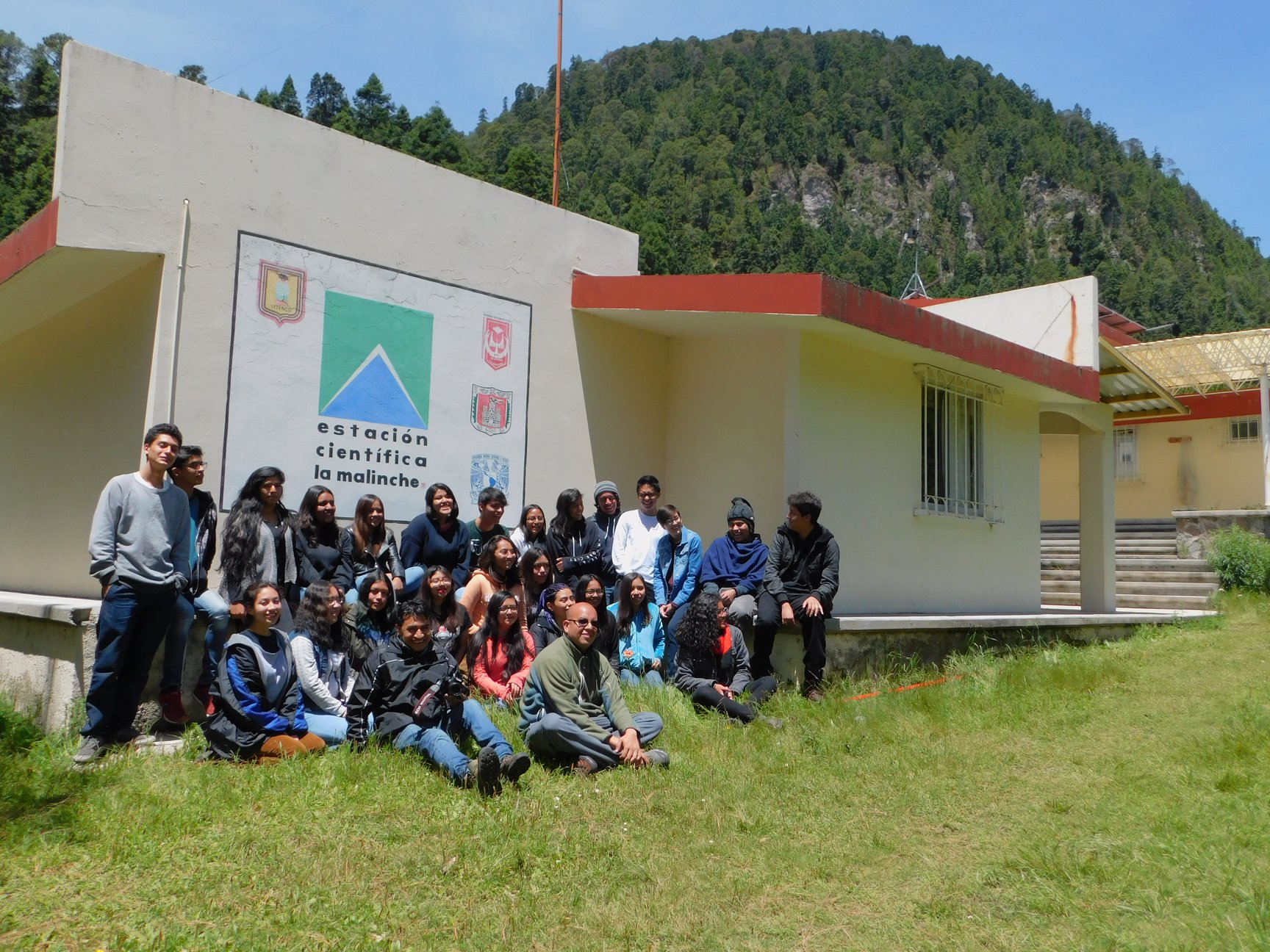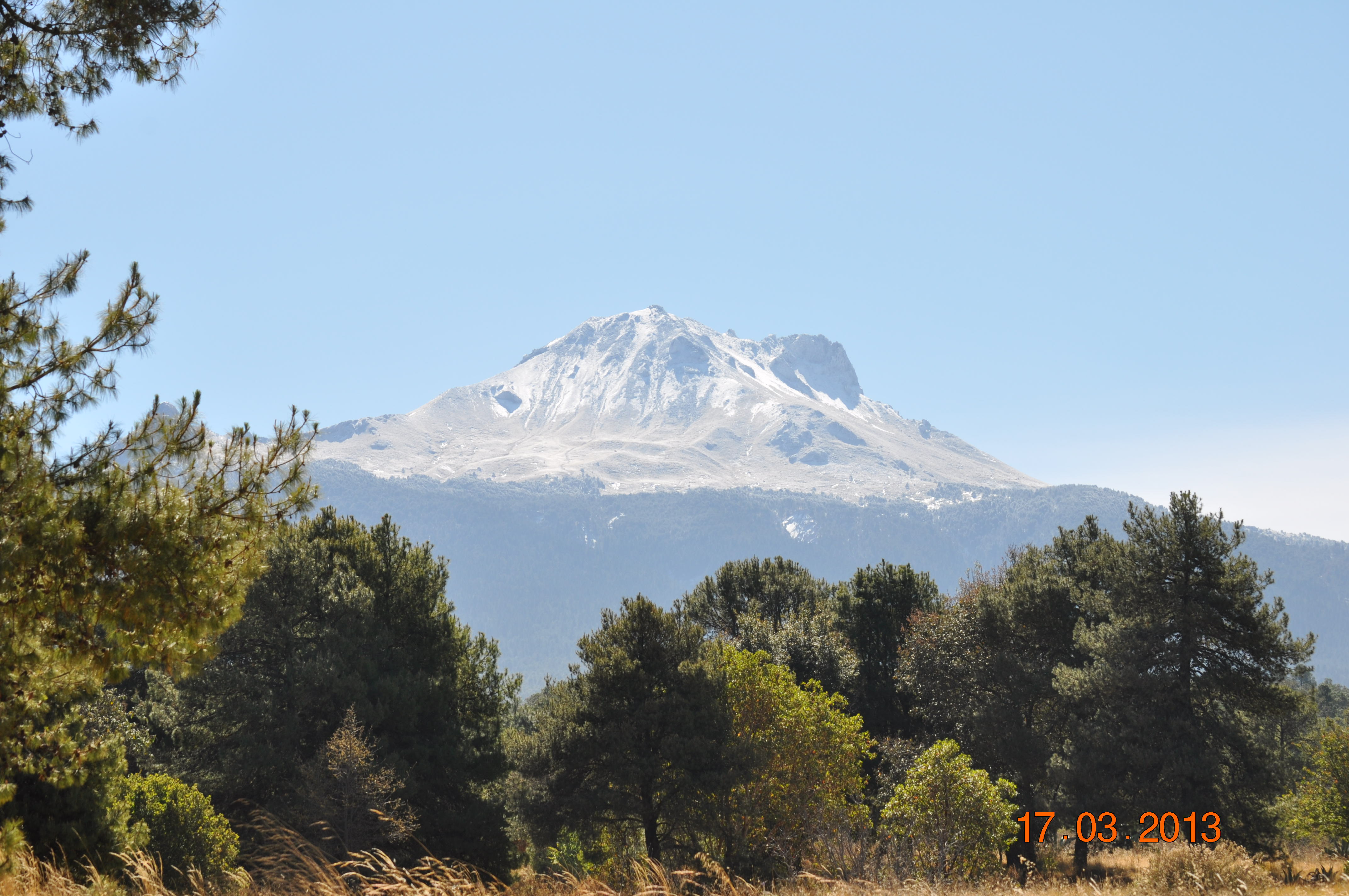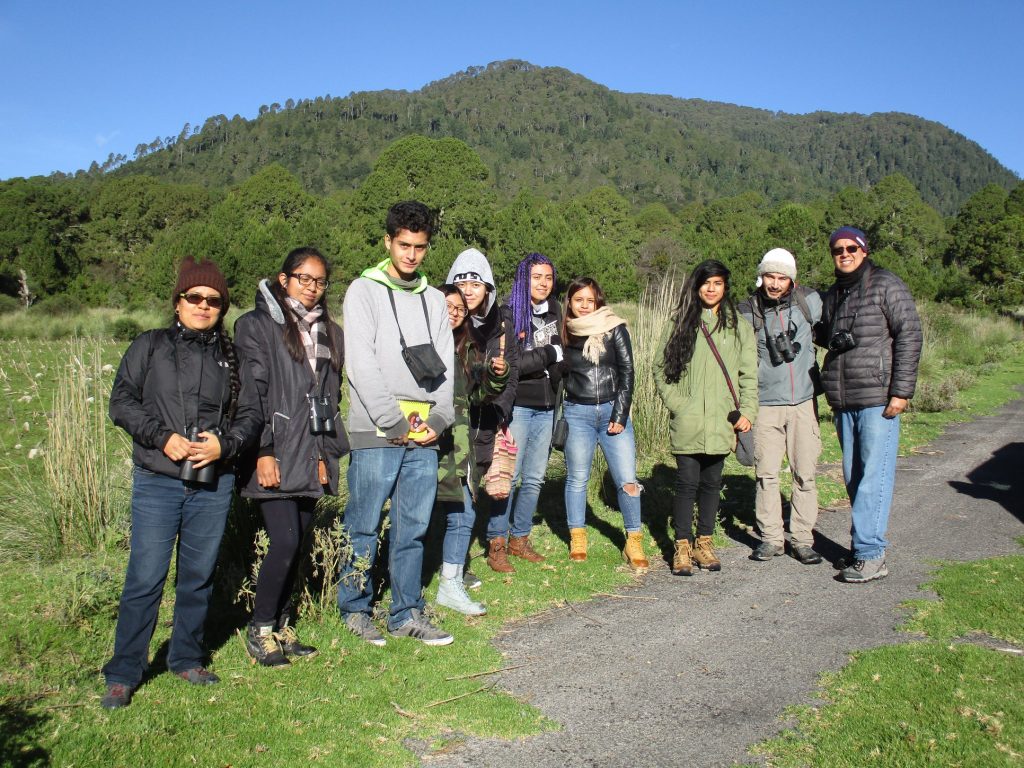 Photo ©
UNAM
Photo ©
UNAM
Students from the Science and Humanities College of the National Autonomous University of Mexico (Universidad Nacional Autónoma de México (UNAM) had the opportunity to travel to the Malinche Scientific Station (Estación Científica La Malinche) where they were able to study the flora and fauna of the Malinche region!
This Malinche Scientific Station is located in the eastern portion of a temperate forest in the National Park of Malinche, Tlaxcala, Mexico. The students (with interests in biological sciences, chemistry, and health) took part in activities designed to show them the value and importance of biodiversity in Mexico. The goal was to raise their awareness and understanding of the importance of conserving Mexico’s environmental treasures.
Students obtained important observational data to help them understand bird and animal populations. The participants also observed the temperate forest very closely and saw first-hand how humans currently impact the natural environment. Interesting discussions were had about the economic, social, and political consequences that come from the destruction of Mexico’s natural environment.
Students identified plants, mushrooms, insects, reptiles, birds and mammals in three different regions: mature forests, transitional forests, and cultivation zones. It helped the students see what type of species live in certain environments.
Thanks to the support of Cornell Lab of Ornithology, participants were able to use materials from BirdSleuth International to help in their observations. Students discussed what a bird is, why birds are important, how to identify birds, and how to enter data in eBird. They also learned how to use binoculars to help them see the birds close-up and were able to distinguish specific characteristics of each bird. The students loved the bird observation activity!
In the three zones the participants observed: House finch (Haemorhous mexicanus), Pine Siskin (Spinus pinus), Striped Sparrow (Oriturus superciliosus), and Transvolcanic Jay (Aphelocoma ultramarina). They also observed White-eared Hummingbird (Hylocharis leucotis), Acorn Woodpecker (Melanerpes formicivorus), American Robin (Turdus migratorius), Yellow-eyed Junco (Junco phaeonotus), Gray Silky-flycatcher (Ptiliogonys cinereus), Cooper’s Hawk (Accipiter cooperii), Red-tailed Hawk (Buteo jamaicensis), American Kestrel (Falco sparverius), Eastern Whip-poor-will (Antrostomus vociferus), and Blue-throated Hummingbird (Lampornis clemenciae).
At the end of the day the participants went on a night walk through the mature forest and listened to the sounds of nocturnal birds, including the two Northern Pygmy-Owls (Glaucidium gnoma).
At the end of the activity everyone discussed the rapid changes in nature due to human actions. They spoke about the harmful effects this could cause to Mexico’s biodiversity. Ideas were formed about how they can conserve their environment and the birds who reside there!
The observations formed part of the Intiative to Support the Academic Careers of the Undergraduates at the National Autonomous University of Mexico (Fortalecer la Carrera Académica en el Bachillerato de la UNAM (INFOCAB). Thanks to the wonderful professors who helped jumpstart this the event: Julio Pérez Cañedo and Cecilia Cuatianquiz Lima.
